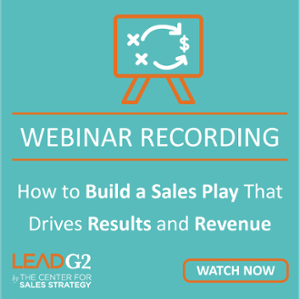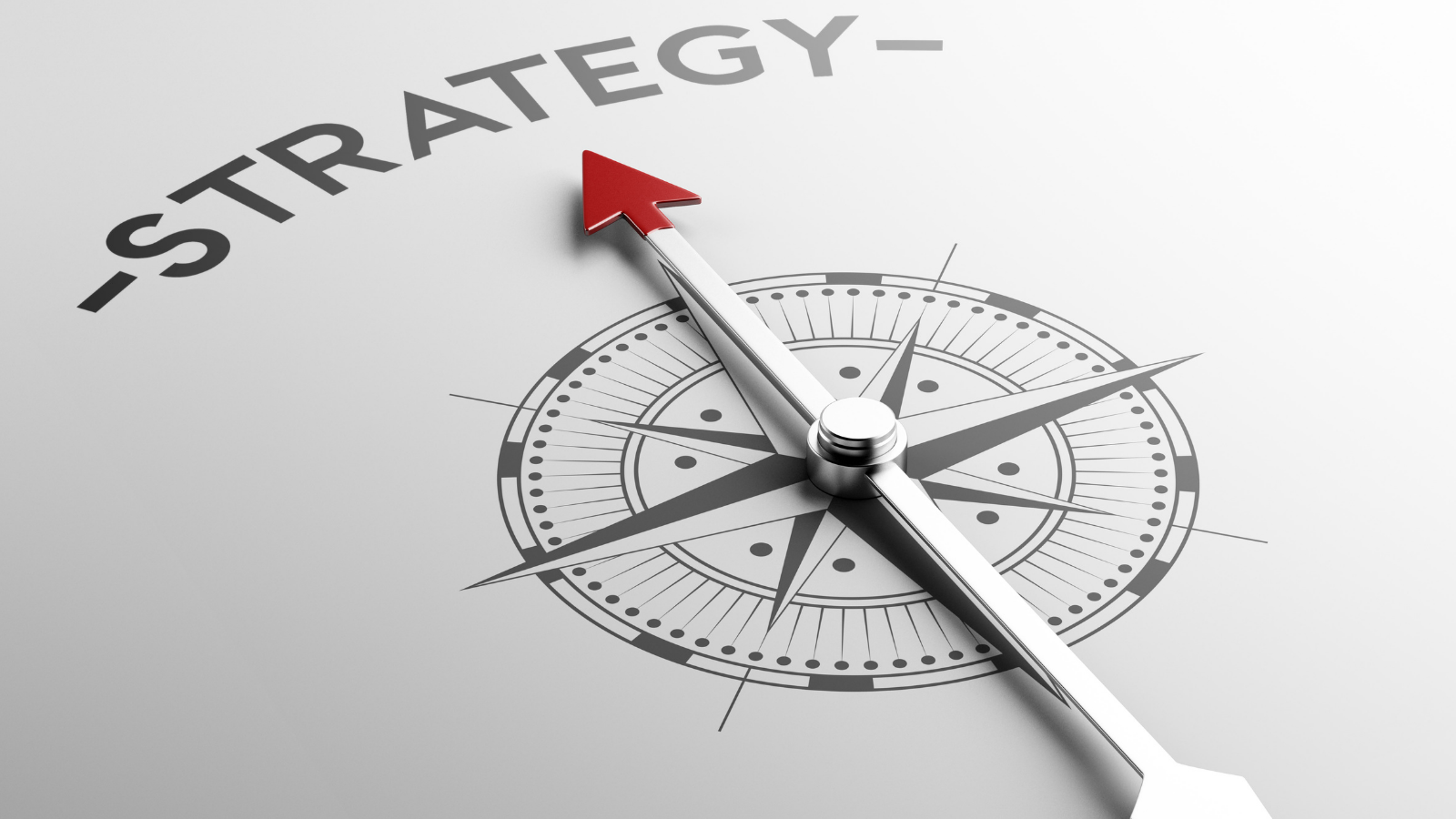5 Reasons Your Sales Team Does NOT Have Better Leads
If you're like many businesses we talk to regularly and work with, then you have a strong, dependable, hard-working sales team that spends a lot of...
3 min read
 Dean Moothart
:
December 17, 2019
Dean Moothart
:
December 17, 2019


With the economy humming, several companies are in growth mode. Many companies that may have launched just a few years ago are scrambling to have their organizations keep pace with their growing client-bases and revenue goals.
They’re discovering that their owner-led sales team that relied on gut instinct and desire is no longer sufficient if they want to keep pace with the competition. They need to build a foundation that can support their growth objectives while building a sales and marketing infrastructure that includes salespeople, processes, and marketing support. It can be a daunting task. What should be done first?
 The sales and marketing component of your business is responsible for:
The sales and marketing component of your business is responsible for:
This is what drives cash flow. In the early stages or during rapid growth, you need to ensure sales are happening. Often this means, meeting with clients to close deals and later focusing on a selling system that works for your organization. Here are the components you need to build a sales and marketing infrastructure from scratch.
If you haven’t been doing any marketing, then your salespeople have been generating their own leads or getting referrals from word-of-mouth networking. These leads are extremely valuable, and you should treat them that way.
Consequently, your initial infrastructure building efforts should focus on ensuring the sales team has the right tools and resources they need to accelerate these potential deals through the sales funnel as effectively and efficiently as possible. The tools and resources you should assess include:

Once you have a process in place that will ensure that every lead will receive the attention and resources required to move it through the sales funnel, you can turn your attention to filling the top of the funnel with new leads. Below are the elements that should be considered for every lead generation plan.
Marketing Content — The lifeblood of an Inbound Marketing Strategy is the consistent creation and publishing of content. Not just any content, though. Content that’s relevant to your target persona. Content that informs, educates, and positions your business as a thought leader and subject matter expert.
Just like a bridge can’t open to traffic until its infrastructure is complete, your company can’t reach its full potential for visibility, leads, and new business until your marketing infrastructure is solid. Do you have the people, technology, and commitment in place to make your marketing program successful? Verify you have all of the fundamental pieces of marketing infrastructure with our free checklist.

If you're like many businesses we talk to regularly and work with, then you have a strong, dependable, hard-working sales team that spends a lot of...

LeadG2 is a sales performance agency that uses inbound marketing and sales enablement strategies to help our clients generate more leads, close more...

This time of year, many organizations start turning their attention to the new year. Why don't they wait until January? What’s the rush? These...